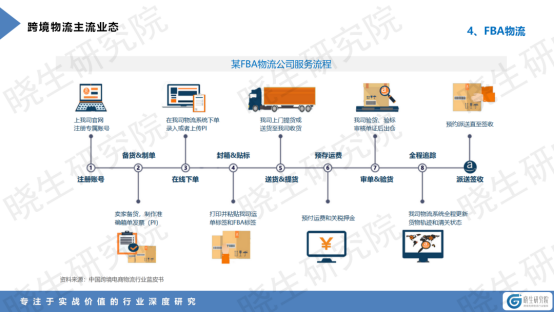
![[sort:pic]](/template/default/images/banner/3-3.jpg)

Lean management provides customers with high-quality services and a visible panoramic view of the prosperous era.
Share
When shipping FBA first-mile, sellers must strategically select logistics methods to balance delivery speed and cost efficiency. The right choice can significantly impact business profitability.

Process Flow:
• Cargo loading at origin port
• Ocean transit to destination
• Port clearance and drayage
• Final delivery to FBA warehouses
Subtypes:
• Sea Truck (LTL):
• Ideal for large/heavy items
• 45-60 day total transit
• Cost-effective for full container loads
• Sea Parcel:
• Best for small parcels
• 35-50 day total transit
• Last-mile via local couriers
Premium Options:
• Express Sea Truck (25-35 days)
• Standard Sea Truck (40-60 days)
Key Advantages:
• 70% faster than ocean
• Better for time-sensitive goods
• More flexible scheduling
Service Types:

Last-Mile Options:
• Air Truck: Air + local trucking
• Standard Air: Air + courier service

Current Routes:
• Chongqing-Xinjiang-Europe
• Chengdu-Xinjiang-Europe
• Zhengzhou-Xinjiang-Europe
Service Variants:
• Rail Truck: Train + truck delivery
• Rail Parcel: Train + postal service
• Local 3PL storage near Amazon centers
• Just-in-time warehouse replenishment
• Inventory risk management
• 48-hour retrieval from FBA
• Professional relabeling
• Quality inspection
• Restocking coordination
The FBA first-mile sector has matured after 5+ years of rapid development. With increasing competition, logistics providers must:
✔ Develop niche specializations
✔ Offer integrated tech solutions
✔ Create customized value-added services
✔ Maintain flexible capacity agreements
Pro Tip: Consider hybrid solutions (e.g., Air+Ocean combo) for optimal cost/speed balance during peak seasons.